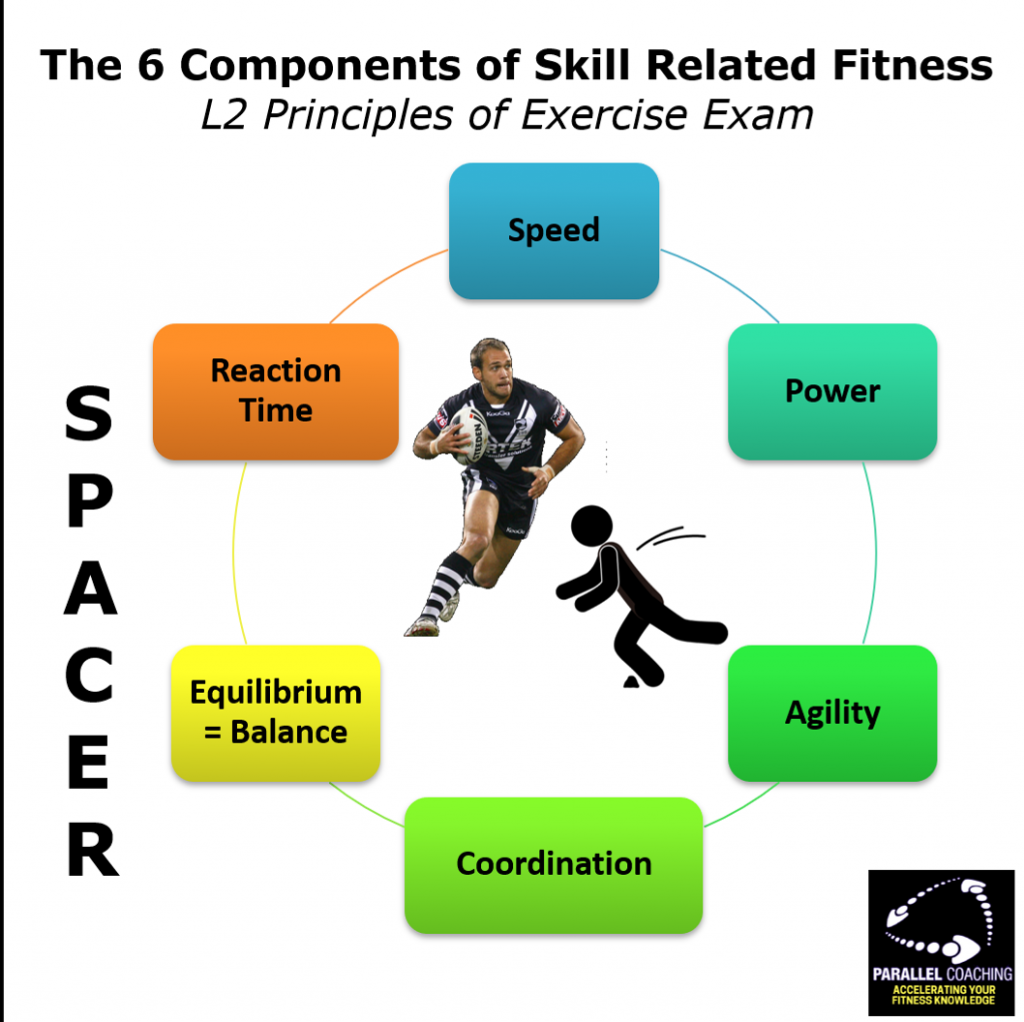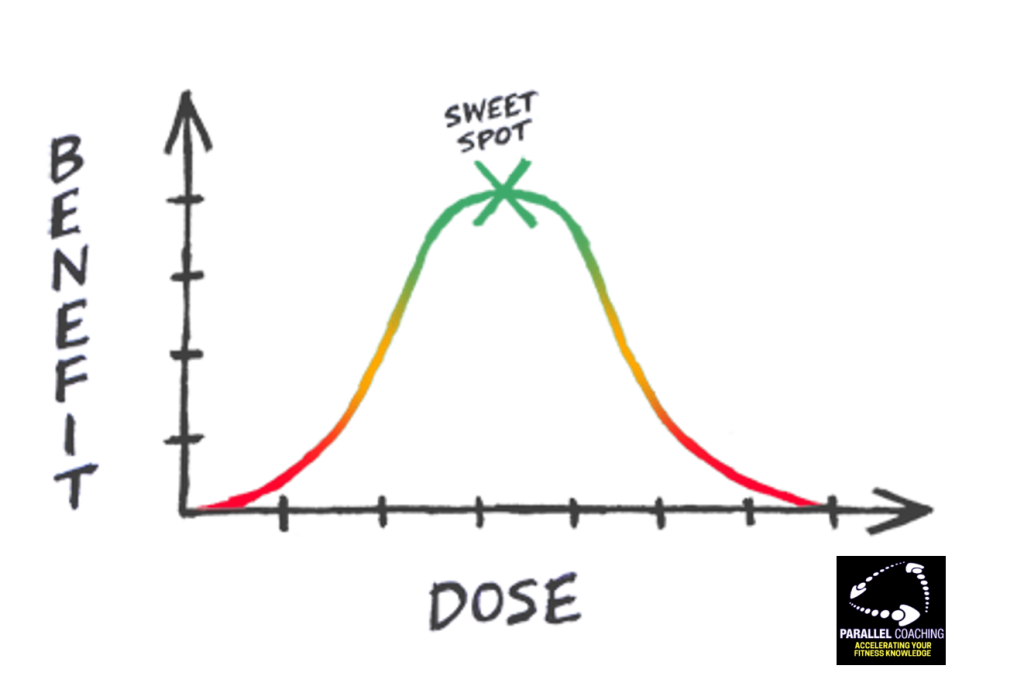In today’s 22min Webclass I’m going to show you how to break down complex Level 2 Principles of Exercise topics into smaller chunks,
Meaning you can retain and recall the information at any point, especially on exam day.
Look out for the acronym to help you remember the 6 components of motor fitness, and the alliteration to learn the main exercise variables.
At the end of the Webclass I’ll explain how you can build your own mnemonics and how to access the ones we’ve already made.
Watch the Principles of Exercise Webclass:
Here’s the timestamps for the video above
0:00 Intro
1:23 Why you should break it down?
3:33 The Formula to learning
4:41 Keeping it Simple
5:18 Key Mnemonics for Level 2 Principles of Exercise
12:57 Putting it into practice (5 steps to making a mnemonic)
16:42 Use our Mnemonics – The Revision Mastery Bootcamp for Level 2 Principles Of Exercise
Key mnemonics for Level 2 Principles of Exercise Exam Preparation:
We refer to a few specific mnemonics in this web class, these include:
Alliteration:
Alliteration is a really easy method for remembering key facts, definitions and processes.
For your Level 2 Principles of Exercise revision, you need to know about the six key intensity variables. Alliteration can help you remember these 6 variables. We use the “5Rs and 1V” formula to remember this:
This stands for:
- Resistance
- Repetitions
- Range of Motion
- Recovery
- Rate
- Volume
Acronyms:
Acronyms are a really flexible and creative way to remember processes. By remembering just one word (for example SPACER) you can recall an entire set of principles or all of the components of exercise.
An example of an acronym is SPACER. This can be used to remind you of the 6 components of skill-related exercise. You can see this on the image below…

Diagrams:
Diagrams are great, especially if you keep them simple, and easy to replicate. Ideally, you want to use diagrams that you can easily draw on your brain dump on exam day. Keep the drawings so simple that a 5-year-old could draw them.
We use this simple diagram of the dose-response curve for example:

Analogies:
Analogies are a simple way of understanding the function and purpose of certain topics. This is best when you relate the new information to other things that you are familiar with.
For example, we talk about the three Energy Systems being KINDA LIKE 3 saucepans on a hob. They are all simmering all the time, however, when you do certain exercises or (durations of activity) you are turning up the heat under one of those saucepans – using on energy system more than the others.
Putting it into Practice:
You can build your own mnemonics using our 5 step sequence (in the video).
However, this can take time, energy and creativity that you may not have right now.
Instead, you can use ours…
We have designed dozens of mnemonics as part of our Level 2 Principles of Exercise Revision Mastery Bootcamp.
They are all mapped to major awarding body syllabi so you know that you are learning topics that will come up in your exam. The mnemonics are easy to learn and remember and above all can save you hours of revision time.
You can access all of the Revision Mastery Bootcamp plus exclusive bonuses by clicking the link below:
L2 Principles Of Exercise Revision Mastery Bootcamp
Dedicated to More
Hayley
Parallel Coaching
You can also find us on the following platforms:
Instagram: https://www.instagram.com/parallelcoaching
Facebook: https://www.facebook.com/ParallelCoaching
Twitter: https://twitter.com/ParallelCoach
YouTube Channel: http://bit.ly/2F1Z1bs

